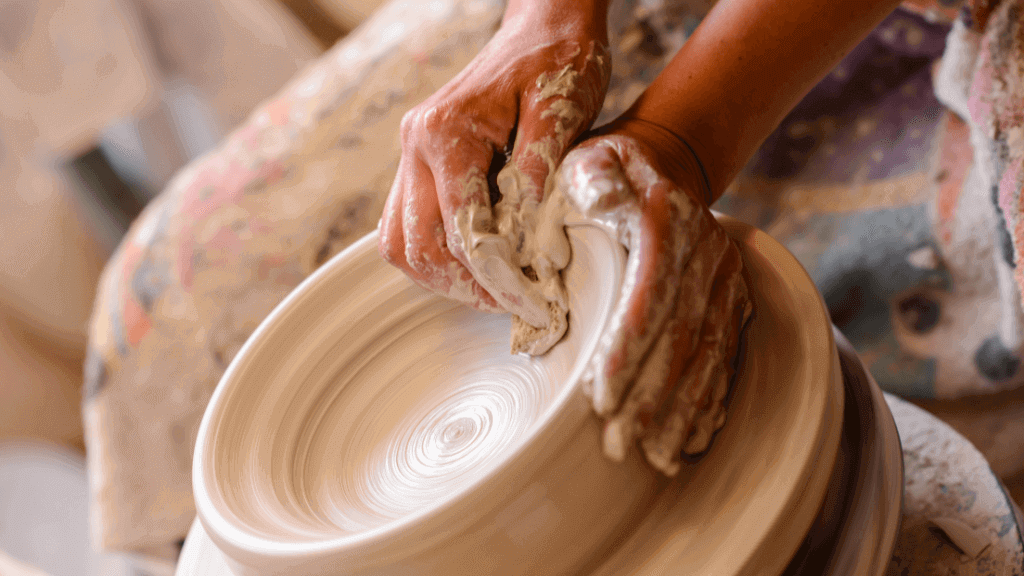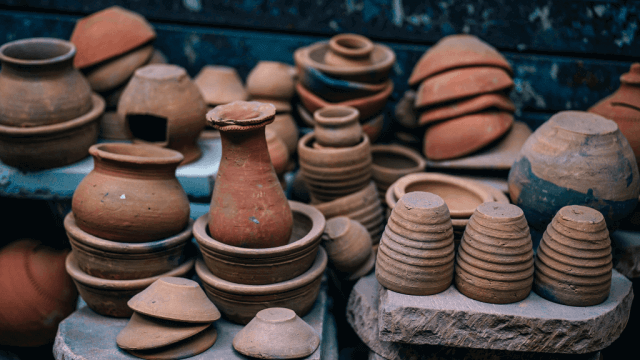It is not recommended to do pottery with long nails as they can gouge pieces of clay out while throwing and making an object. However, there are ways to work around this such as using a sponge to protect the clay or using the pads of your fingertips. Long nails are not required for pottery work, but they can make it more difficult. Alternatives include wearing gloves or using tools instead of your fingers.
What types of pottery techniques require shorter nails?
Handbuilding pottery techniques such as coiling and pinch pots require shorter nails. Coiling involves rolling out a long snake of clay and then wrapping it around itself to form the desired shape , while pinch pots involve pinching the clay with your fingers to create a hollow vessel.
Are there any tools or equipment that can help individuals with longer nails create pottery more easily?
There are several tools and equipment that can help individuals with longer nails create pottery more easily. Modeling tools are great for creating texture and work in place of fingers and nails. Other pottery tools include nail files, screwdrivers, paper clips, nail art stickers with strong adhesive backing , nail buffers, cuticle pushers, nail files, nail cutters/clippers, cuticle oil , and nail glitters and acrylic powders.
Can long nails affect the quality or durability of the finished pottery piece?
Long nails can affect the quality and durability of a finished pottery piece, as they can gouge pieces of clay out while throwing and making an object. Additionally, long nails may cause accidental damage to the clay due to their sharpness or shape , and moisture from long nails may also affect the performance of the pottery. It is recommended to trim long nails before doing pottery in order to avoid these issues.
What precautions should individuals with long nails take when working with pottery materials and equipment?
Individuals with long nails should take precautions when working with pottery materials and equipment, such as wearing thin rubber gloves to protect their nails and maintain sensitivity. Other safety measures include wearing personal protective equipment at all times , choosing a smooth and malleable clay , and following glazing and firing safety protocols.
Are there any specific types of pottery projects that are better suited for individuals with longer nails?
Individuals with longer nails may find it difficult to work with clay, as the material can be hard on the nails. However, there are several pottery projects that are better suited for individuals with longer nails. Modeling tools are an excellent option for artists with long nails, as they can be used in place of fingers and allow for texture creation. Additionally, handbuilding pottery is a great option for those with long nails, as it does not require the use of a potter’s wheel. Finally, some of the easier pottery projects such as coil pots or pinch pots may also be suitable.











